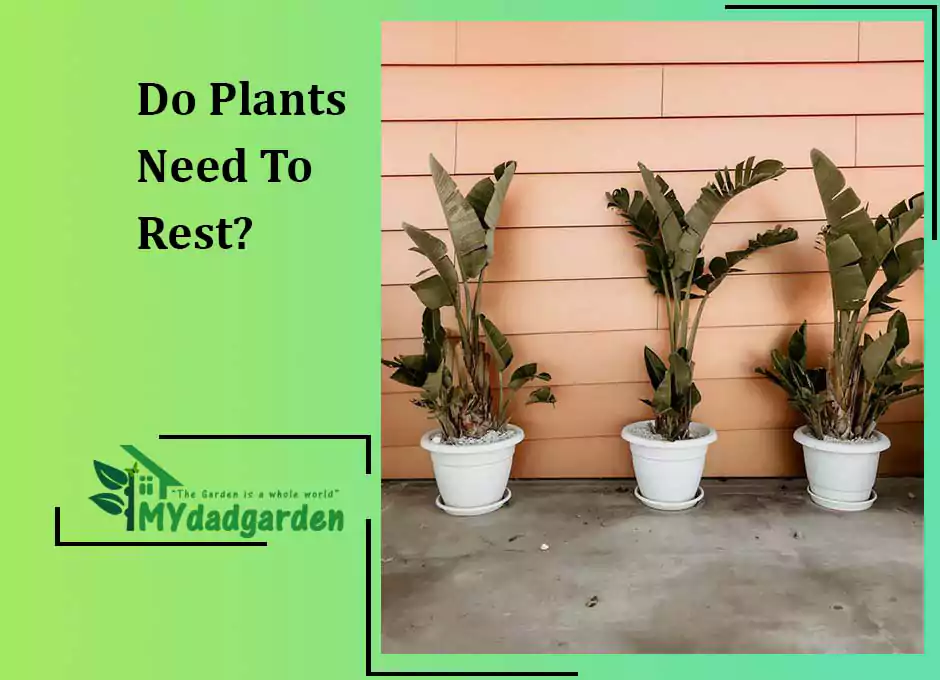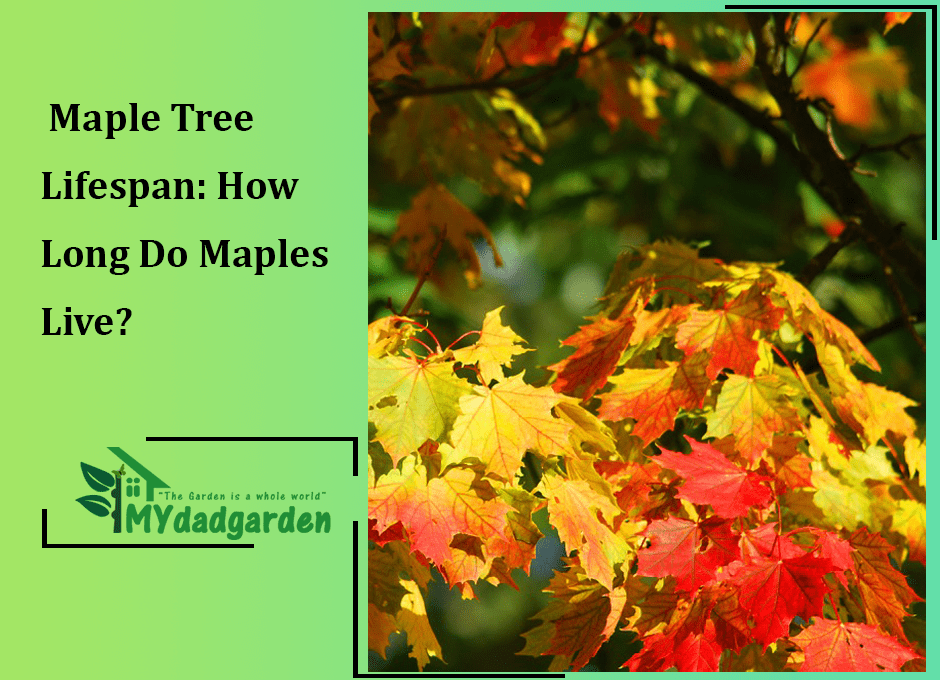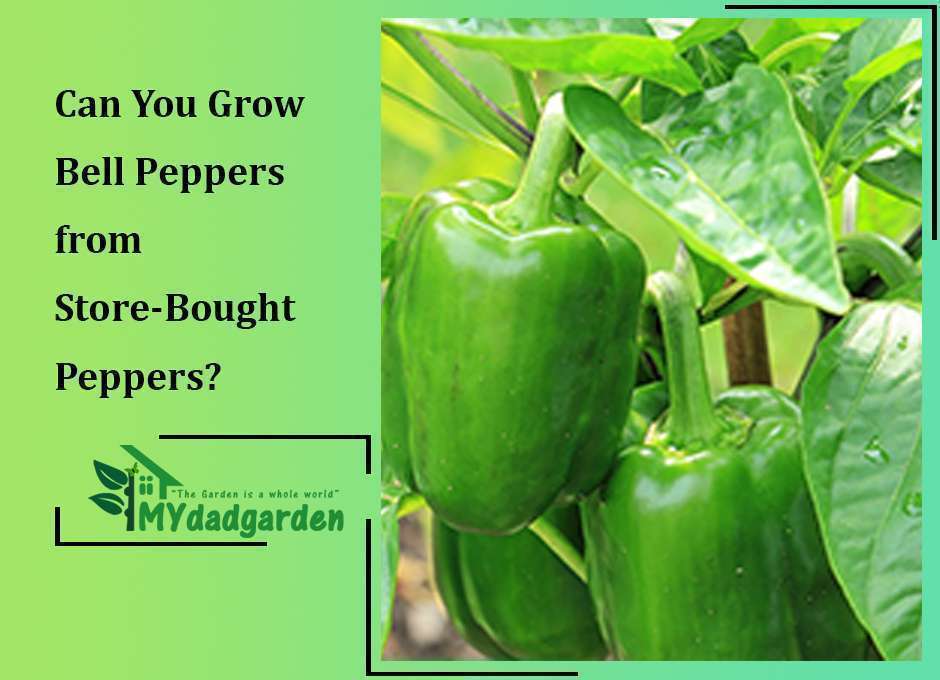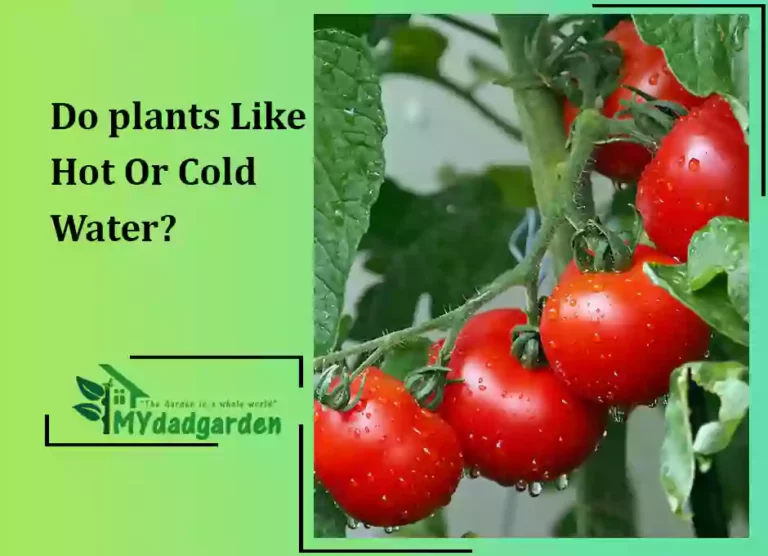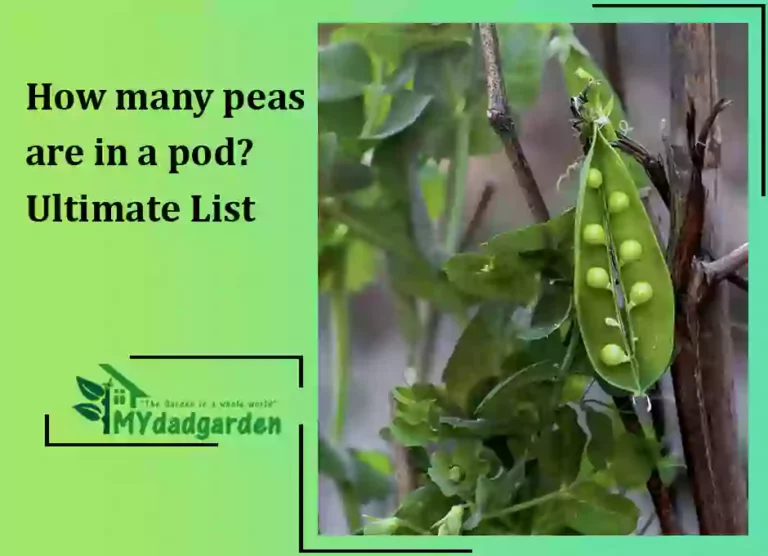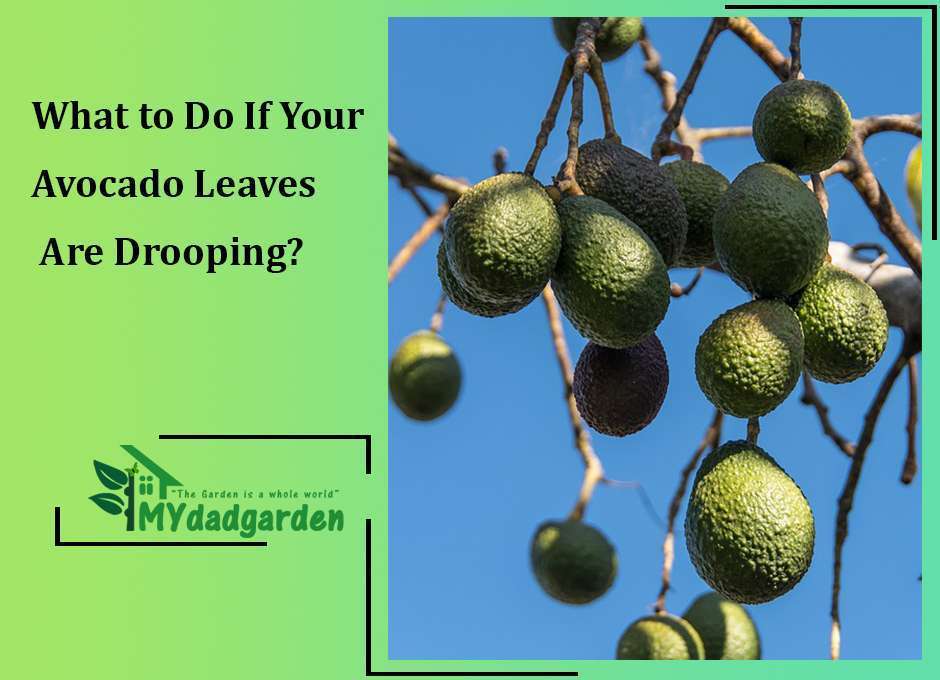Do Plants Need To Rest?
Most people think plants don’t need to rest, but this isn’t true.
Just like humans, plants need rest periods to grow and thrive.
By understanding which plants sleep at night and which ones need a break during the day, you can create a more well-rounded garden that will be healthier for you and the plants.
In this article, we will talk about which plants also need to rest like human beings and which are the plants that sleep at night.

Table of Contents
Do Indoor Plants Need Rest?
The plants in your garden are affected by a variety of factors. Their standard of living is directly correlated with your ability to produce high-quality food and succeed as a grower. There is a time to work and a time to relax, just like with all living things.
If this is overlooked, the indoor gardener may be perplexed about what went wrong. You can have excellent climate control by omitting to provide complete darkness and still not achieve the desired results. It is under your purview of environmental control.
They cannot obtain oxygen and release CO2 or transform the day’s stored energy into sugars they can use. This process is called respiration, and its lack causes crop development to slow down or stop altogether.
No equipment in the world can fix your plants’ problems if they aren’t operating effectively since there aren’t enough nighttime hours. Make sure they receive the appropriate amount of hours for each stage of growth as well as the necessary respite from light.

Do Plants Sleep?
Plants have more active and less active times and circadian rhythms—internal clocks that let them know when it is day and when it is night, even though they do not sleep in the same manner as humans do. Additionally, just like many people, plants become less active at night. But they awaken to the day when the Sun rises.
Do Plants Need Rest From Sunlight?
Even though plants need darkness to breathe and thrive, is it essential? After all, they breathe whether or not there is light. Leaving them in constant light would give them more food and energy for growth.
Although it initially seems logical, that is untrue. That duration of darkness is necessary for plants’ metabolism to function properly.
They are not intended to produce food continuously; therefore, forcing them to do so will hurt them over time. Therefore, plants require darkness in addition to light. Periodic bursts of excessive light are OK, but not continuously.

Why Do Plants Need Rest From Light?
Although the amount of light each species needs varies, no plant can withstand being exposed to light nonstop for 24 hours a day. Plants require a daily period of darkness and relaxation to maintain good health, like the cycle of light and dark in nature.
Do Plants Need Light When Dormant?
Yes, Bring a dormant plant back into indirect light to bring it back to life. To promote new growth, give it a good watering and a dose of fertilizer (diluted to half strength). No potted plants should be brought back outside until all danger of frost or below-freezing temperatures has passed.

Which Plants Sleep At Night?
Let’s learn about a few of the plants that close at night.
Various Legumes
Several members of the legume family of plants have leaves that close at night. Alfalfa, beans, peas, clover, vetch, and cowpeas are included in this list. Legumes are generally low-maintenance plants, yet each kind has unique needs in terms of care. In general, they thrive in direct sunlight and moist soil.
Gazania Or African Daisy
A few African daisy or gazania cultivars wither at night during overcast or wet conditions.
Hardy gazanias bloom from the beginning of the summer to the beginning of the fall. They are relatively easy to maintain once they are established in the garden. Although they are somewhat drought tolerant, they perform best when given regular hydration. The flowers that have ceased blooming for the season should be deadheaded.

Dandelion Or Taraxacum
Dandelions, also known as taraxacum, are invasive weeds that originated in Eurasia but now grow everywhere. They literally only need a tiny bit of soil to take root. Despite being considered weeds, dandelion components can be eaten. Their lovely yellow blossoms and seed heads often referred to as blowballs or clocks, have a somewhat magical appearance.
Crocus
The crocus is a perennial indigenous to areas of Asia, North Africa, and Europe. They are frequently the first flowers to bloom in late winter or early spring and are widely distributed in the wild. The cup-shaped crocus blossoms have a wide range of hues and are close at night. The resilient crocus appreciates frequent irrigation and direct sunlight.

Tulip
The iconic spring flower, the tulip, comes in various hues and forms. The number of cultivated tulips is around 3000 variations, including over 100 species. Central Asia also has a natural growth of them. Tulips are photonastic plants, as opposed to every other nyctinastic plant on this list. When there is no light, their blossoms close, then open again when there is light. They are also heliotropic, which means they migrate during the day to reach the best location for light absorption. The term “photo nasty” describes how flowers open and close in response to shifting lighting conditions. In contrast to nyctinastic plants, this. Nyctinastic plants move because of an intrinsic rhythm.
Purple Winecup
The purple winecup opens in the morning and closes at night with its cup-shaped purple petals. It’s interesting to note that even after pollination, the blooms seal up. This plant enjoys full sunlight, is hardy, and does well in drought conditions, just like many of the ones we’ve discussed.

FAQ
Can plants help sleep at night?
You can improve the quality of your sleep and shorten the time it takes you to fall asleep by growing plants in your bedroom. If you struggle with plant maintenance, another alternative is to try aromatherapy, which is quite easy.

Do leaves sleep?
Yes, The only plants that have leaves that close at night are Acacia, Mimosa, and Albizia. Nyctinastic plants respond to the day-night cycle by opening and closing their leaves.
Do plants relax at night?
Plants have more active and less active times and circadian rhythms—internal clocks that let them know when it is day and when it is night, even though they do not sleep in the same manner as humans do. Additionally, just like many people, plants become less active at night. But when the Sun rises, they become aware of the day.
Previous Article: Why Is My Potted Lavender Turning Brown?

